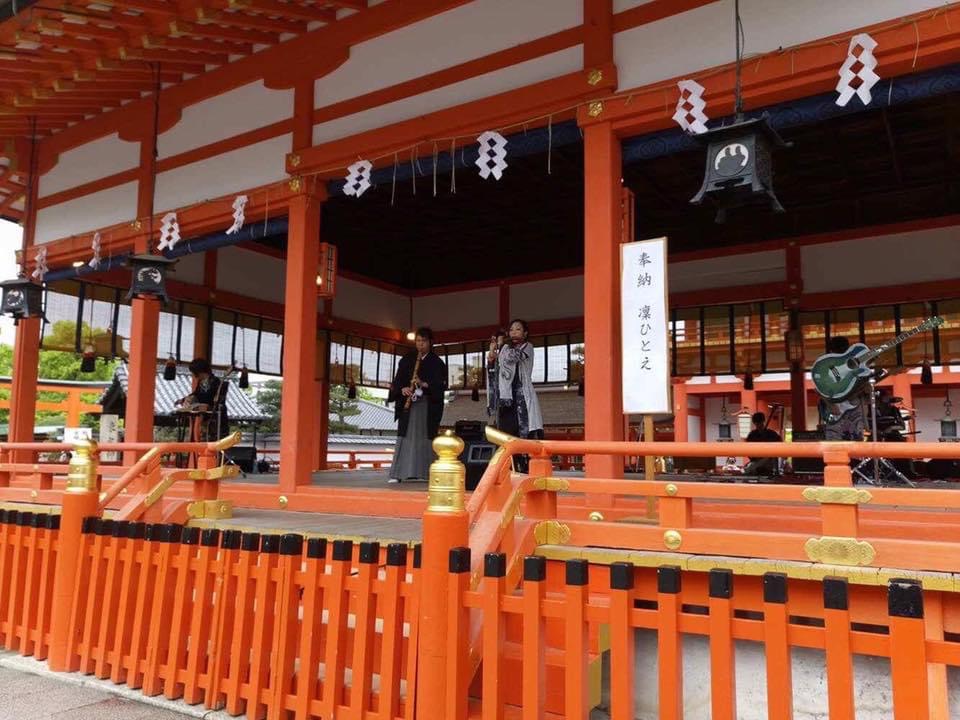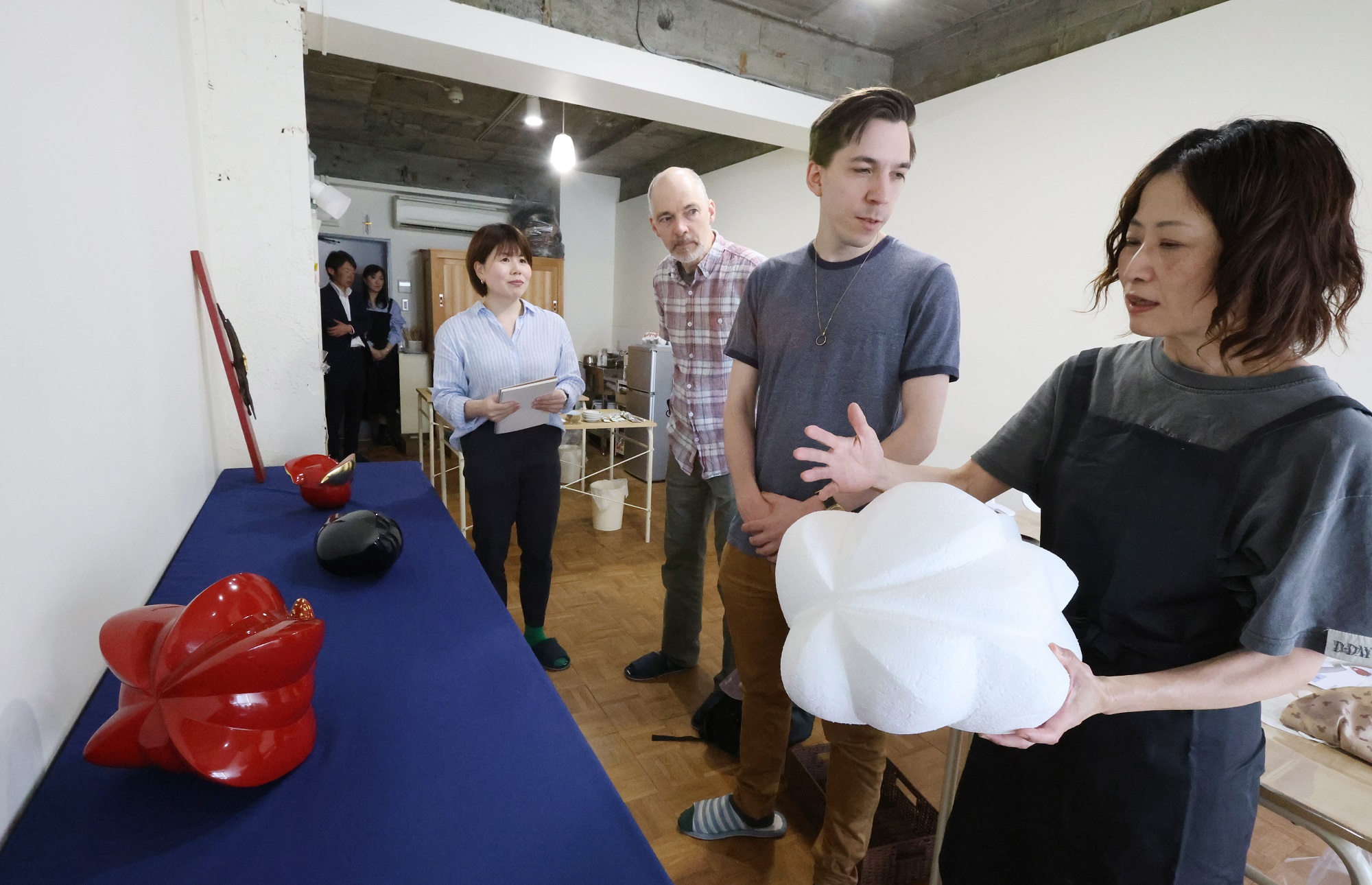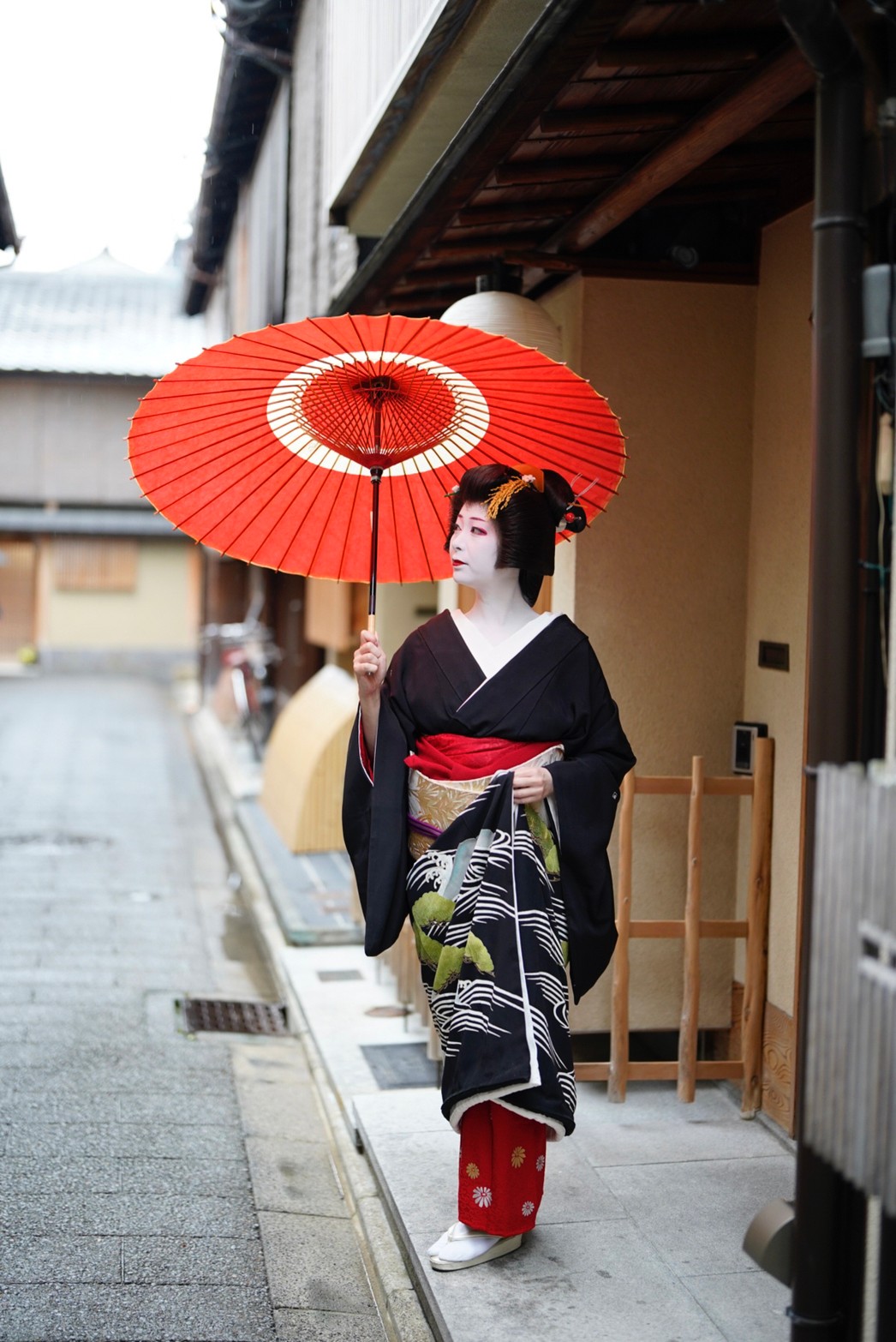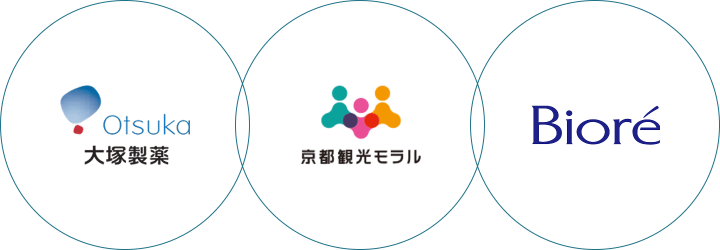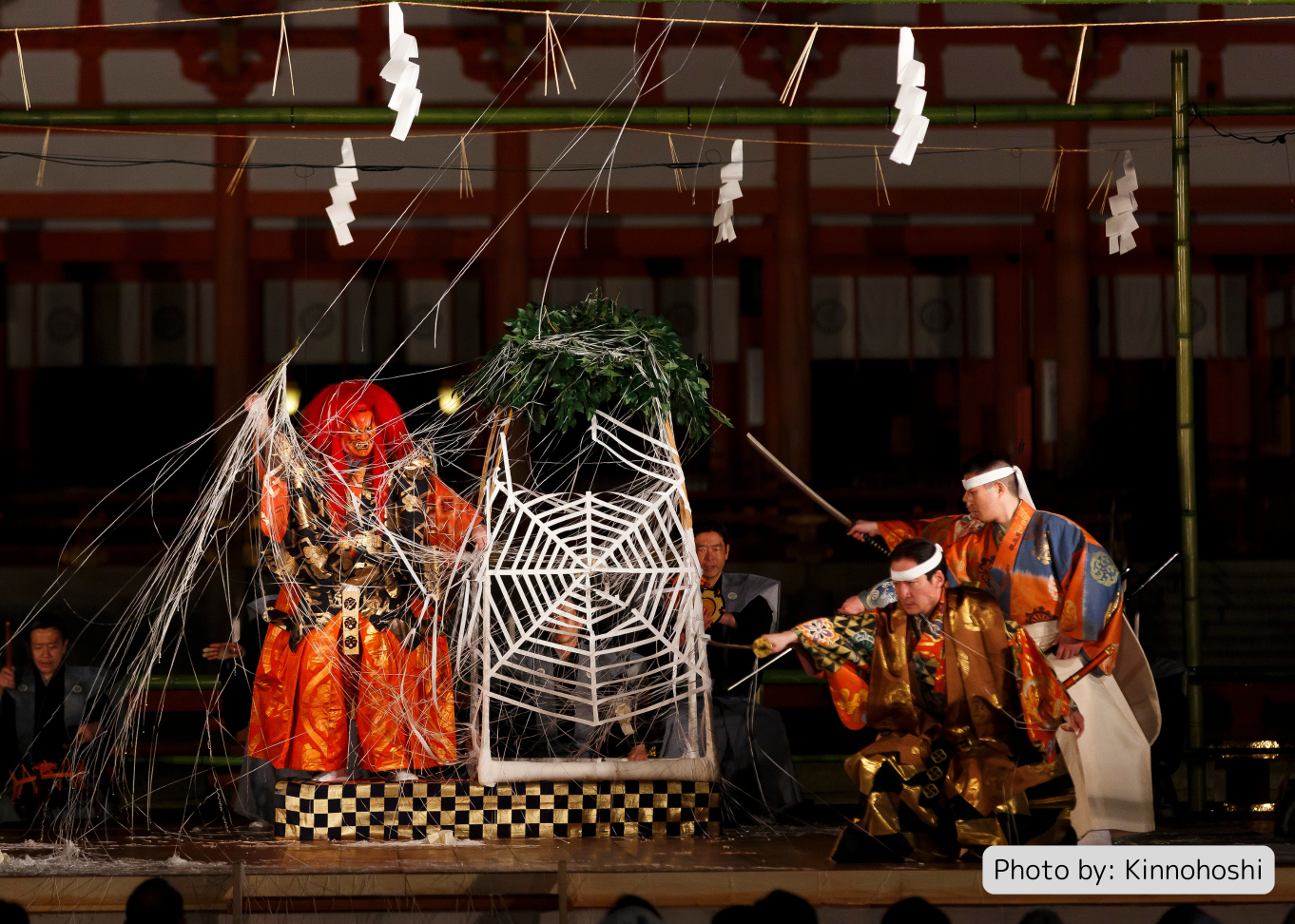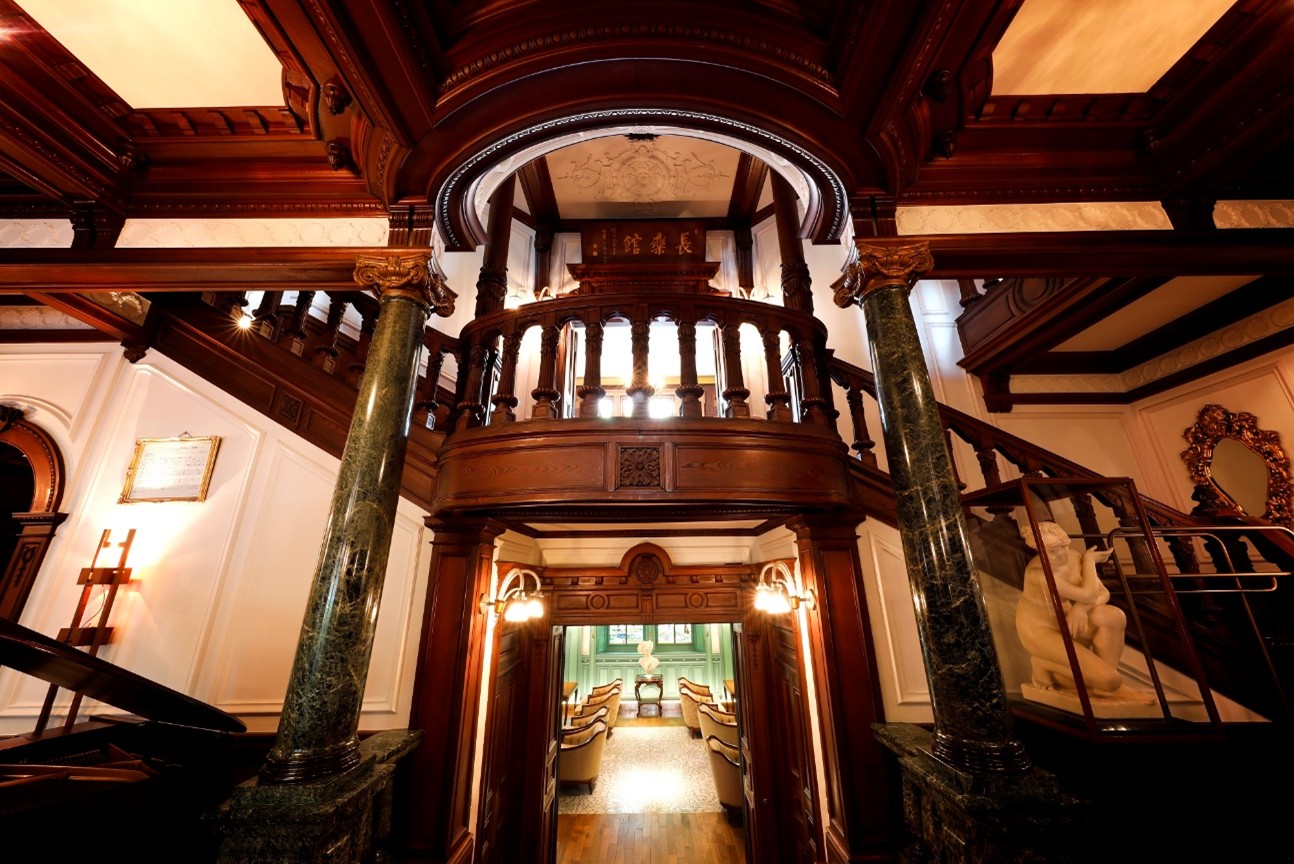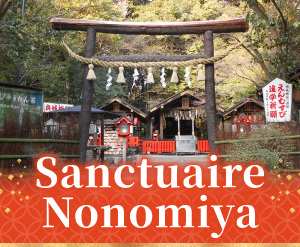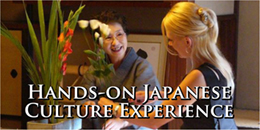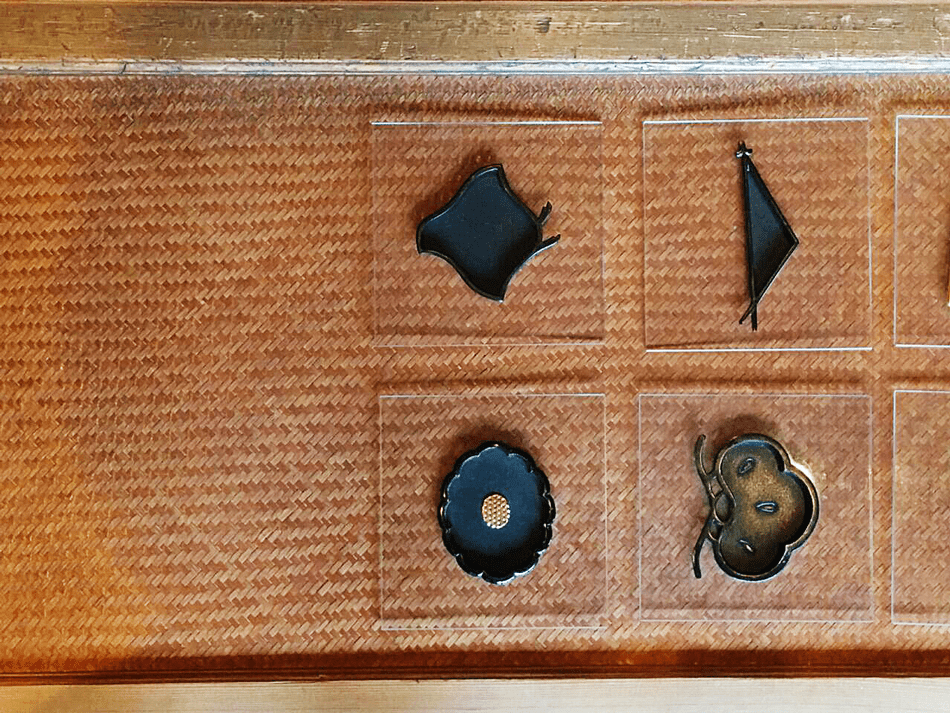
TEXTE DE : Natsumi Tabusa
Aeru Company, directeur général de la division Ouest du Japon
« Simple », « basique », « naturel »…
Des mots que nous voyons encore et encore dans les magazines de mode et autres médias.
Pour mon usage quotidien, je privilégie les vêtements et produits pratiques plutôt que les produits avec trop de décorations. Mais parfois, je trouve quelque chose qui me fascine.
« On pourrait l'utiliser sans cette décoration… mais c'est tellement joli… ! »
Le sujet du jour est «Kanamono« Les ferrures métalliques » sont une de ces choses.
Dans cet article, je vais parler des ferrures métalliques traditionnelles et à l'ancienne que vous pouvez trouver au Japon.
Ma rencontre avec les ferrures métalliques traditionnelles
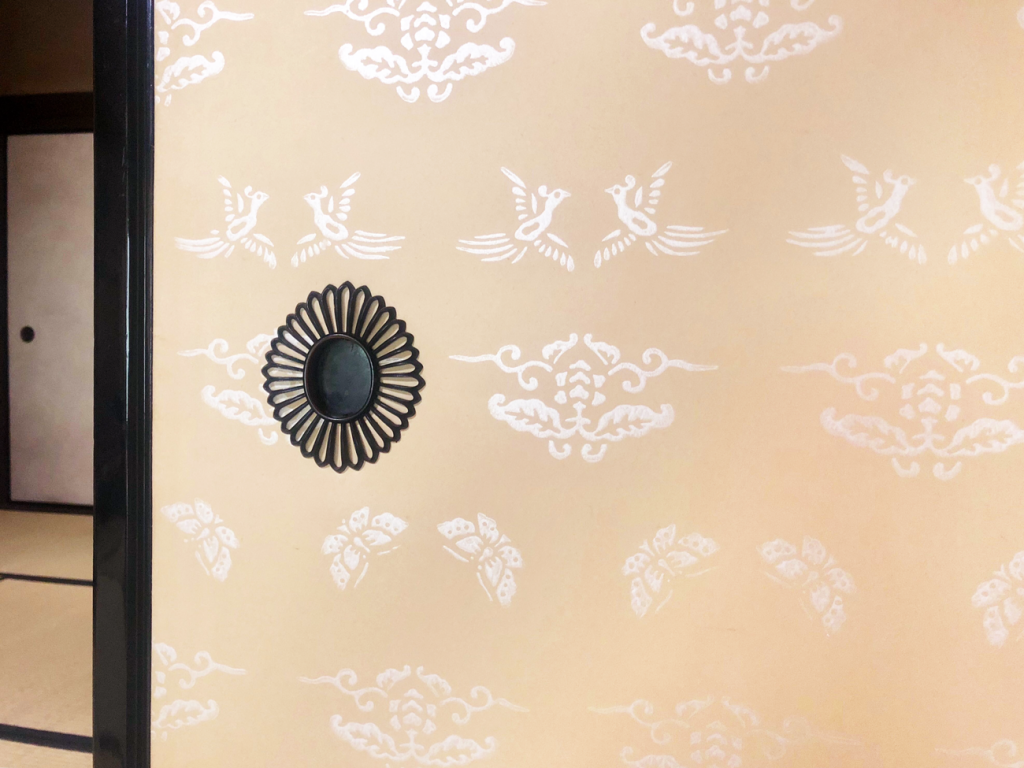
Quand j'ai commencé à prêter attention à «Kanamono« ferrures métalliques, je me souviens m'être senti étranger même avec son nom.
Les ferrures métalliques existent en fait partout dans nos vies, y compris les clous, les vis, les charnières et la partie de «fusuma« des portes coulissantes que l’on tient pour les ouvrir.
Dans les maisons de ville traditionnelles en bois au Japon, des ferrures métalliques très ornées sont utilisées depuis longtemps.
Mais on dit que les designs sont devenus plus simples pour s'adapter à nos modes de vie occidentaux.
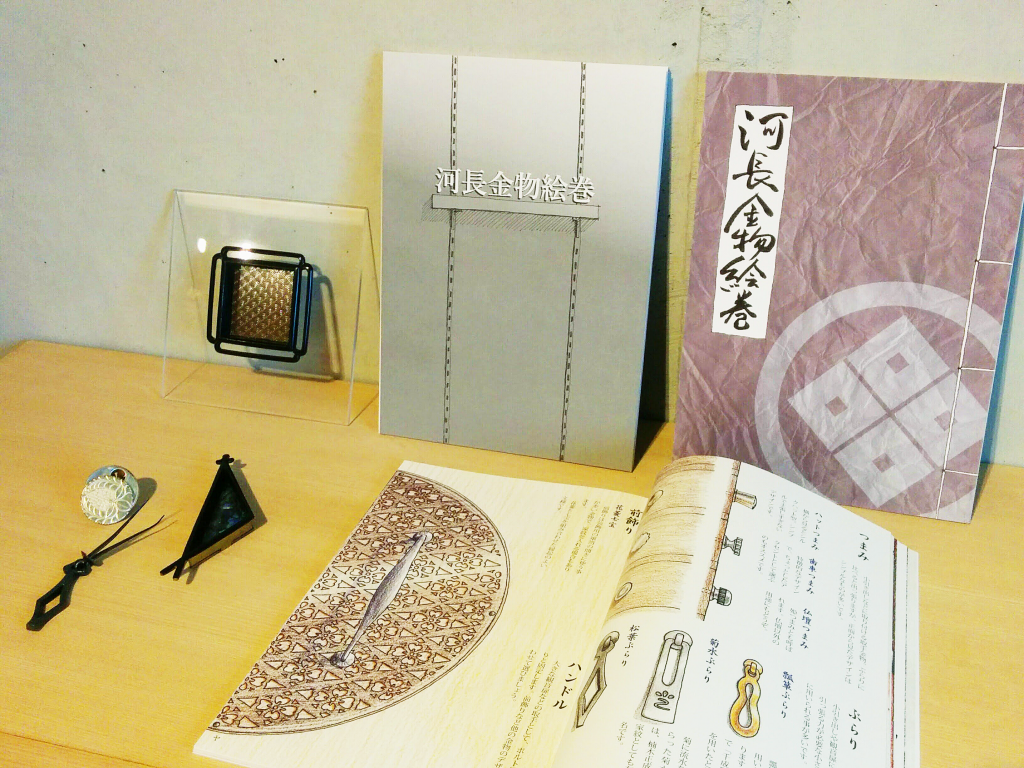
C'est un livre publié par Kawacho, un grossiste en ferrures métalliques, qui m'a fait découvrir pour la première fois les attraits des ferrures métalliques.
Je suis tombé sur le livre lors d'un événement marquant le lancement de sa sortie sur mon lieu de travail, « aeru gojo ».
En lisant le livre sur les ferrures métalliques traditionnelles et modernes avec des illustrations, j'ai été surpris qu'un « monde aussi profond » soit si proche de ma vie quotidienne.
Les ferrures métalliques traditionnelles semblaient belles et même modernes, même si elles n'étaient pas de conception récente.
J'ai pu constater l'existence de ferrures métalliques traditionnelles, qui allient fonctionnalité et beauté.
Des ferrures métalliques qui créent un « espace japonais »
L'événement de lancement du livre sur les ferrures métalliques de Kawacho a été une conférence révélatrice.
Il s’agissait d’une discussion sur la façon dont nous reconnaissons quelque chose comme étant de « style japonais ».
Qu’est-ce qui nous fait exactement ressentir cette saveur japonaise ?
Prenons l’exemple du coffre japonais sur cette photo.
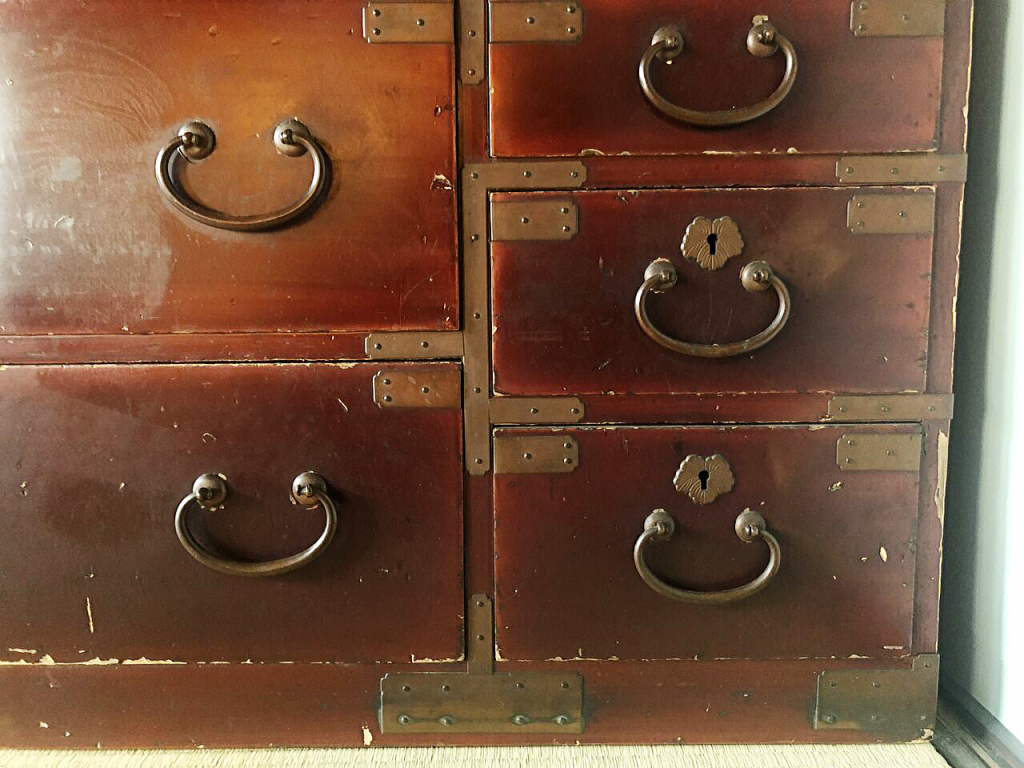
Il existe des poignées appelées «Tansukan" que nous tenons pour ouvrir les tiroirs.
D'autres ferrures métalliques sont également utilisées pour les trous de serrure et les coins.
Et maintenant, que se passerait-il si nous supprimions tout cela et les remplacions par des poignées occidentales ?
Le coffre japonais donnerait probablement une impression très différente.
En d’autres termes, nous pouvons comprendre que les accessoires métalliques jouent en réalité un rôle important dans le sentiment d’être « japonais ».
Les petits accessoires métalliques étaient les héros silencieux qui créaient un « espace japonais ».
Elles sont d'une couleur discrète, mais leur présence est primordiale dans la mise en scène de la pièce. . . .
La façon dont ils ajoutent de la splendeur est subtile et élégante.
Après avoir écouté cette conférence, j’ai réalisé à quel point les ferrures métalliques étaient fascinantes.
« La simplicité est la meilleure solution. » Est-ce vraiment vrai ?
L’autre jour, lorsque je suis allé à Nara, l’ancienne capitale du Japon, je me suis arrêté dans une maison de ville traditionnelle en bois appelée « Naramachi Nigiwai-no-Ie ».
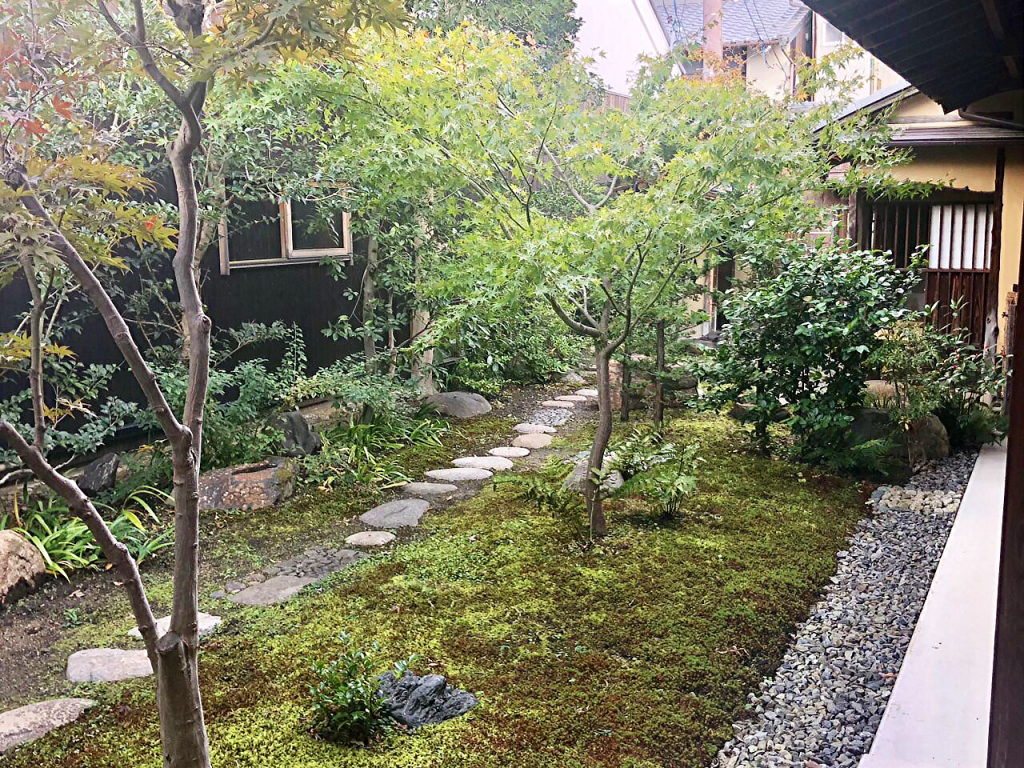
J'ai découvert ce porte-manteau à l'intérieur de la maison.
Si vous regardez attentivement, vous pouvez voir qu'il est doté de ferrures métalliques légèrement incurvées.
Ce ne sont pas seulement les ferrures métalliques ; il y a également une planche de bois magnifiquement texturée et elle est discrètement accentuée par un bâton de bambou au sommet.
(N'oubliez pas de consulter mon article précédent,« Profitez du grain du bois. »)
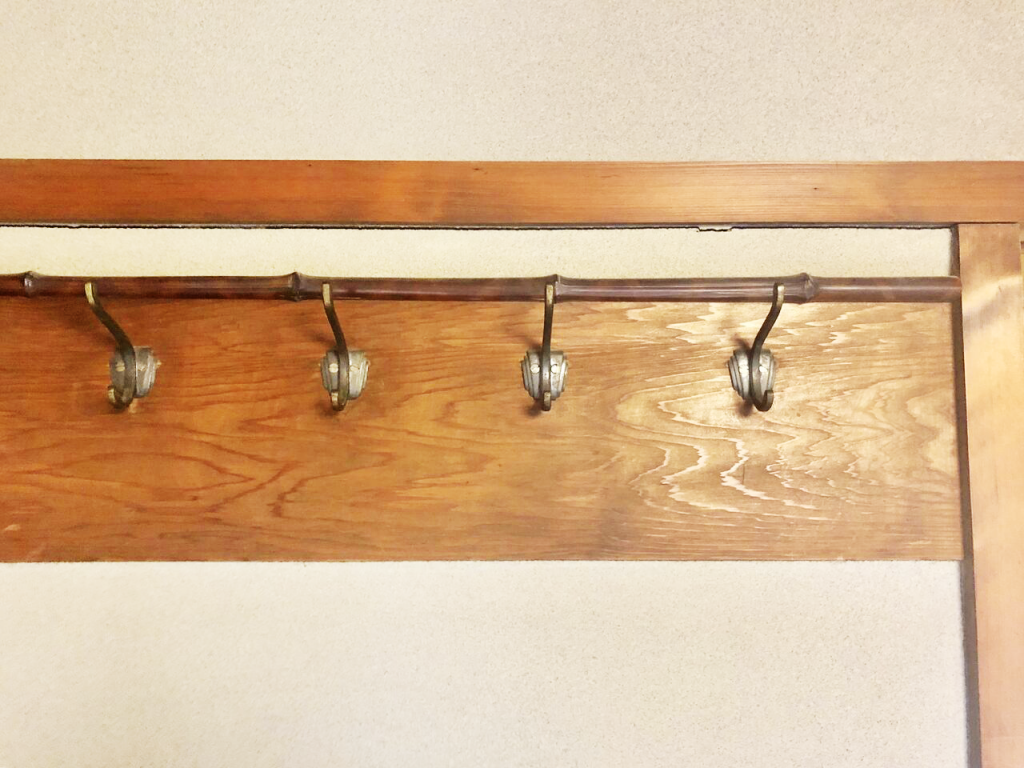
Portemanteau à Naramachi Nigiwai-no-Ie
C’est peut-être parce que nous vivons à l’ère de la consommation de masse que les choses qui nous entourent ont tendance à être conçues de manière simple et débarrassées de tout superflu.
On pourrait donc dire que ce genre de décoration est « too much ».
Mais chaque fois que je retrouve l’engagement envers le détail et le sens de la beauté, j’ai envie de communiquer avec des artisans d’il y a des décennies.
C'est comme une conversation avec des créateurs au-delà du temps et de l'espace.
Ils ont peut-être laissé quelque chose avec une pointe d’excitation, se demandant si quelqu’un remarquerait les œuvres.
Quel est l’opposé de « la simplicité est la meilleure ».
Les petites ferrures métalliques nous montrent un type de beauté différent du design minimaliste.
À la Villa Impériale de Katsura pour voir ses ferrures métalliques
Je vais terminer en vous parlant d'une ferrure métallique qui m'intéresse le plus actuellement.
Il y a un endroit où j'attends depuis longtemps l'occasion d'aller voir ses aménagements métalliques, la Villa Impériale de Katsura.
D'après le livre de ferrures métalliques de Kawacho que j'ai présenté précédemment, la villa possède une ferrure métallique célèbre.
C'est un «fusuma« Poignée de porte coulissante (la partie où vous mettez votre main pour l'ouvrir) dans un design basé sur le caractère chinois pour « lune ».
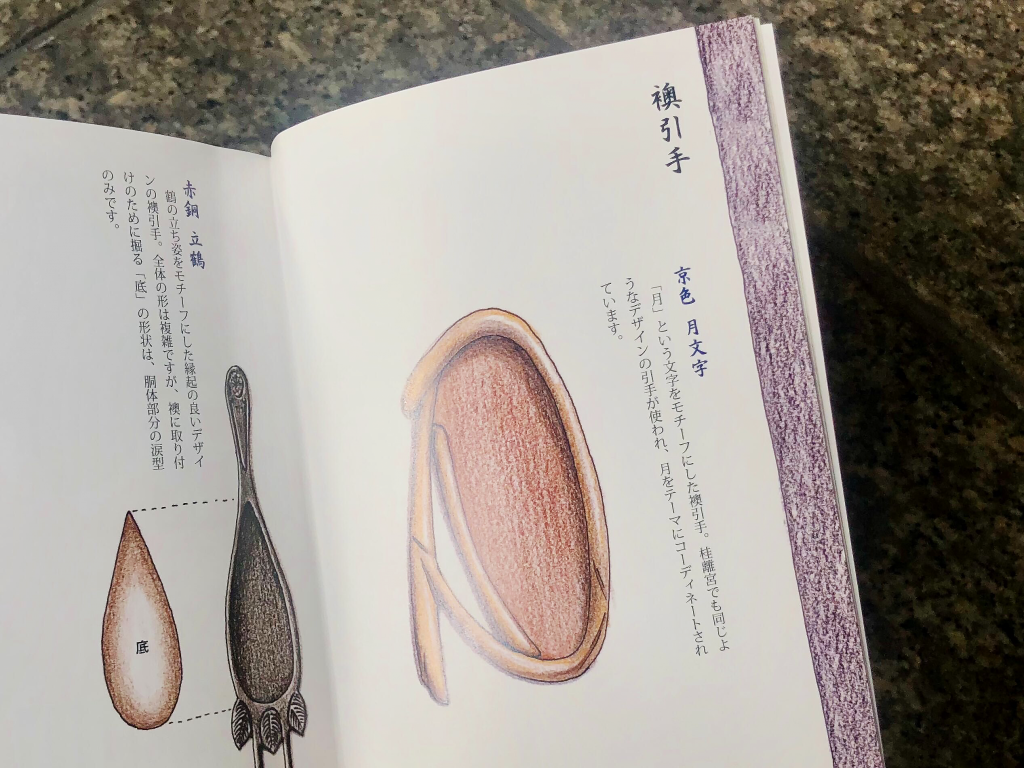
(À droite) Conception de fixation métallique basée sur le caractère chinois de style cursif pour la lune
La villa impériale de Katsura présente des éléments liés à la « lune » à divers endroits.
L’engagement des artisans envers leur travail est visible même dans une seule poignée de porte.
N'aimeriez-vous pas visiter un site avec autant d'attention aux détails ?
C'est passionnant d'aller explorer un endroit guidé par les inspirations que vous donnent les artisans.
Plus j'en apprends sur les traditions japonaises, plus j'ai envie de visiter d'endroits à Kyoto.
Ma curiosité croissante, que je n'avais pas remarquée auparavant, me donne également envie de découvrir une nouvelle partie de moi-même.
J’espère que vous serez également inspiré par cette histoire.

